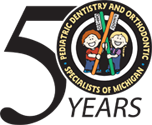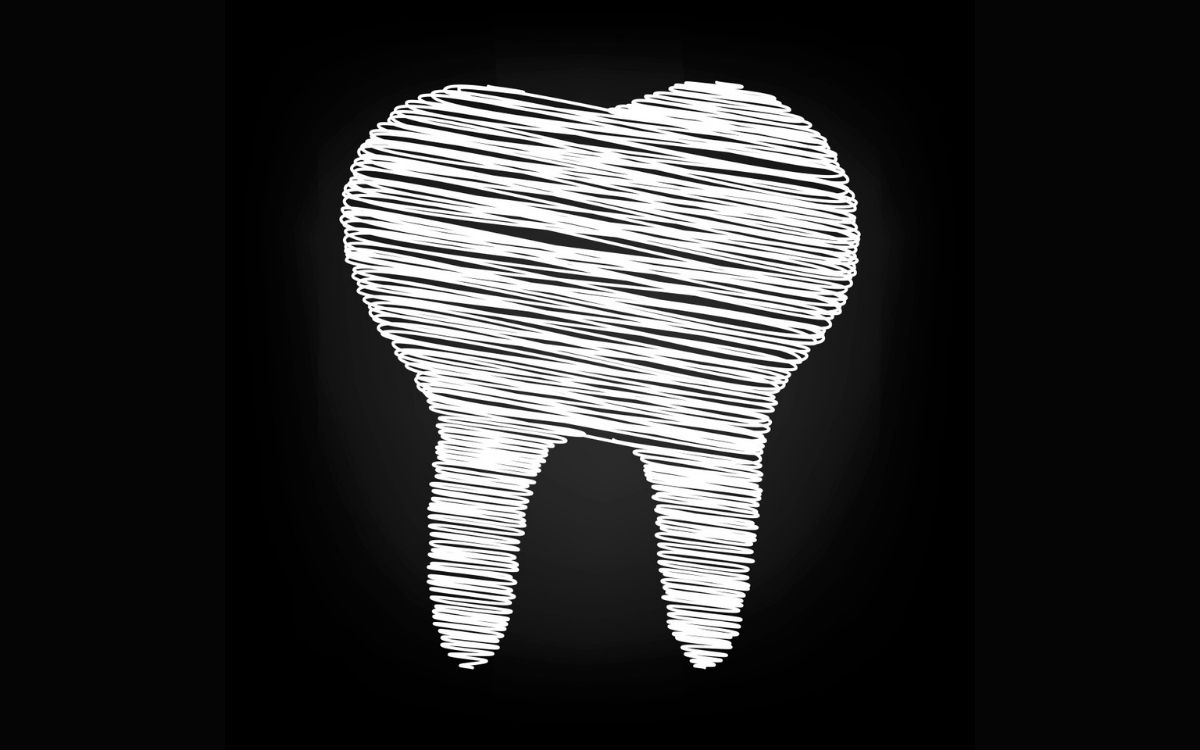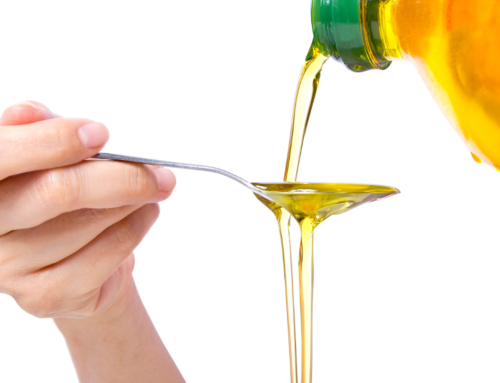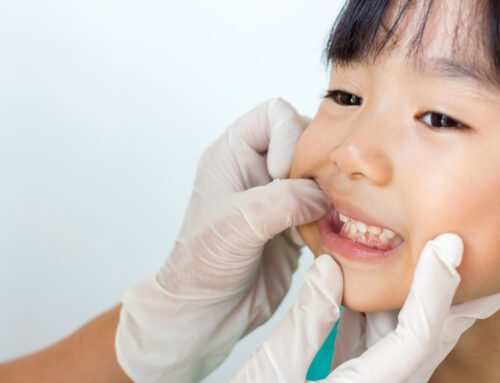Have you ever noticed whiter, chalky areas or spots on your child’s teeth? Perhaps it’s in the form of white lines next to their gums. Or there are circle-shaped marks on their teeth after getting braces off. Maybe it’s a little white spot or circle in the middle of one of your child’s front teeth. Maybe it’s more of a generalized, splotchy color all over their entire tooth.
White or chalky teeth can have different causes and some shouldn’t be ignored as those areas may be particularly susceptible to cavities. We will run through the different types of whitish spotting that can be commonly seen on teeth.
Cause 1 – Harmful Environmental Exposures and The Beginning of a Cavity
Chalky surfaces are sometimes caused by enamel demineralization from poor dietary choices and/or poor oral hygiene. Put simply, it’s where the tooth started to decay or weaken due to environmental/dietary exposure to excessive sugar or acid. If too much liquid sugar is consumed, the enamel can be damaged by the acid and sugar content of these drinks. Also, if hygiene is poor and plaque is left on the teeth for too long, the plaque colony will produce acid byproducts by consuming some of the food particles we eat. Under the plaque colony, an acid burn will cause a white stain on the tooth when the plaque is finally removed. This takes time but not as much as you might think.
These white spots are not active cavities yet as they haven’t yet ruptured through the enamel. If the diet improves or oral hygiene improves, the white spot will not become an active cavity but the enamel has weakened in this area. This enamel may be permanently stained and prone to cavities in the future if the diet becomes sugary/acidic again or oral hygiene becomes neglected.
Cause 2 –Too Much Fluoride in the Community Water
In some communities around the world, the natural Fluoride content in the water can be too high. Fluoride is very protective of tooth enamel by hardening the enamel matrix by changing the molecular form of enamel. Fluoride atoms replace an oxygen atom in the enamel (turning hydroxyapatite into fluoroapatite). This is like choosing granite over a softer stone like marble in a kitchen counter. One is just stronger than the other and less likely to stain or chip.
However, too much Fluoride can be a problem. Communities that fluoridate their water keep the amount to a very safe and public health recommendation of 1 part per million. Some communities can show fluoride levels well above that naturally. So, if you are on well water and are unsure of your water fluoride content, you can get a water test kit to be sure.
When the water has too much fluoride and is consumed during enamel formation, teeth can demonstrate an eggshell appearance of whiter, yellower and even brown areas all mixed together. This can also occur from certain medications. However, due to this being a known issue these medications are usually not prescribed to our children in the United States.
Cause 3 – Trauma
Environmental trauma like a high fever or a dental trauma accident during tooth formation can be another cause of whitish spotting on the teeth. Certain teeth form simultaneously and they start at different time points after birth. For instance, the front teeth and 1st molars start forming just after birth. A child with an infection or significant fever event during the first months of life may erupt adult teeth around age 7-8 with little white spots or lines in the enamel of the front teeth and 1st molars. If teeth that were forming at the same time all have the marks, it is usually from “trauma” from the systemic infection that the child was dealing with many years ago.
Another form of trauma involves a physical event that occurs to the baby teeth while the child is young (toddler age). If your son falls and bumps his upper front baby teeth pretty hard at age 1 or 2, this tooth can be pushed up into the gum enough that it disrupts the adult tooth under construction deep in the gum tissue above. This might cause a disruption in the enamel formation of 1 or more teeth directly above the area of the former trauma. This type of enamel malformation has been named “Turner’s tooth” and is very commonly seen in upper incisors (front teeth).
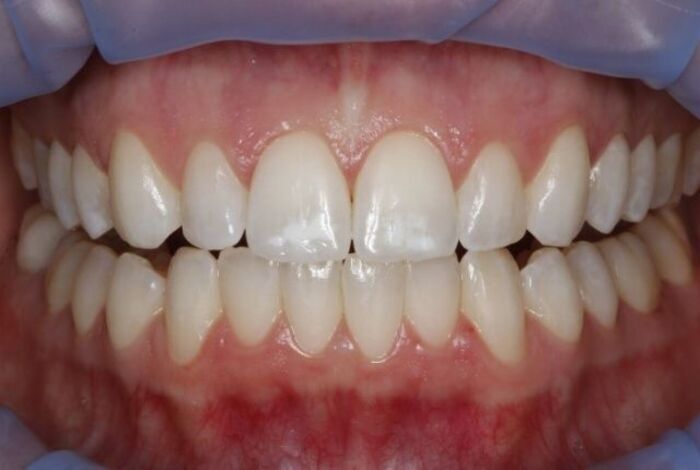
Image courtesy of novamind.gmbh
Remineralizing Weak Enamel – Applies to cause 1 only
The most important thing to do when you have chalky teeth is to apply fluoride regularly in the form of toothpaste, mouth rinse, tap water, and possibly professional fluoride or whitening techniques in our office. Fluoride remineralizes weak enamel, making it more resistant to decay to help stop the development of cavities. This may or may not completely resolve a white spot.
Cosmetic Treatment For Stubborn White Spot Lesions
As children get older, cosmetic treatments for chalky teeth might include bonding or veneers to literally cover the stains up.
Our doctors at Pediatric Dentistry and Orthodontic Specialists of Michigan are happy to address any questions or concerns you have about your child’s smile. Contact us now to reserve an appointment.
